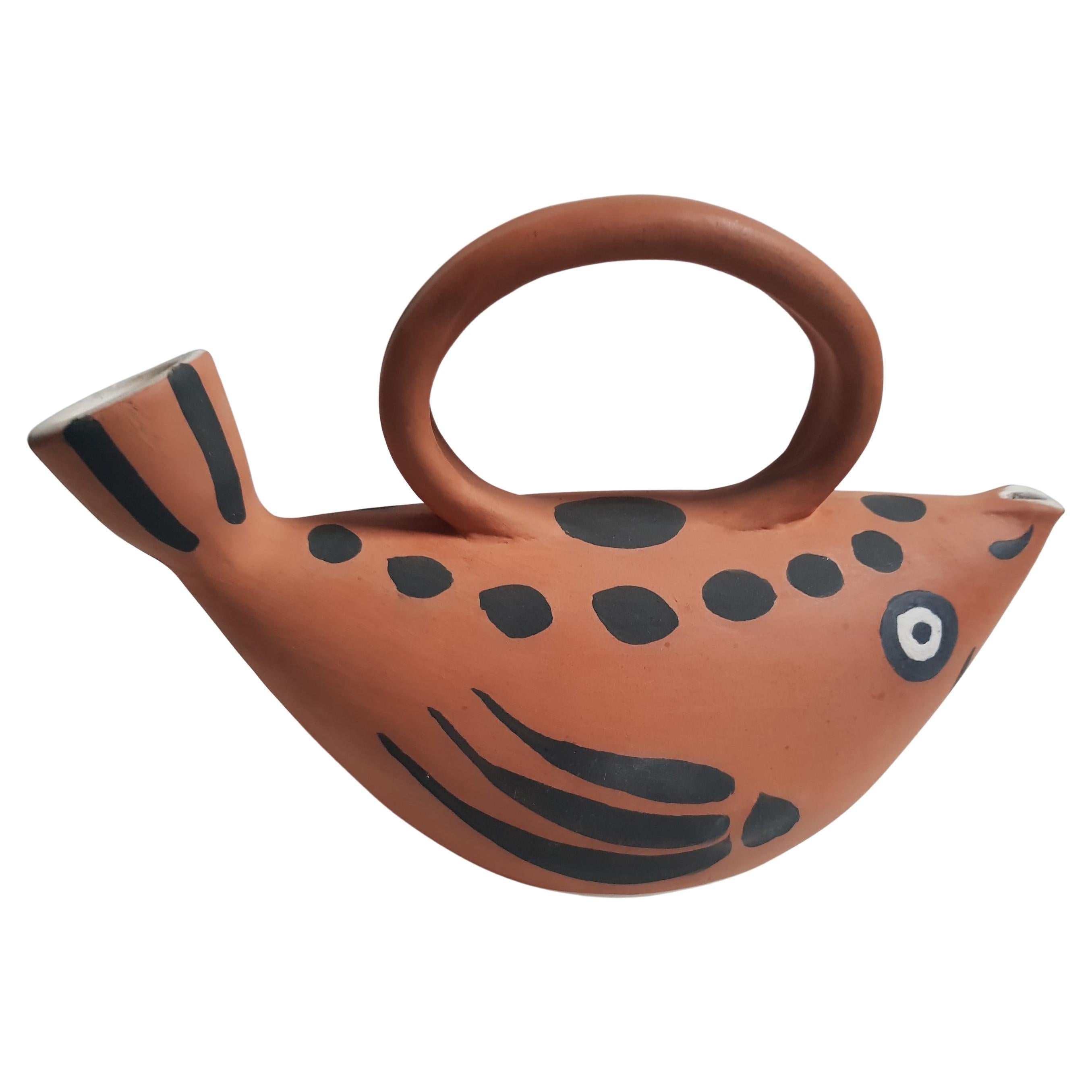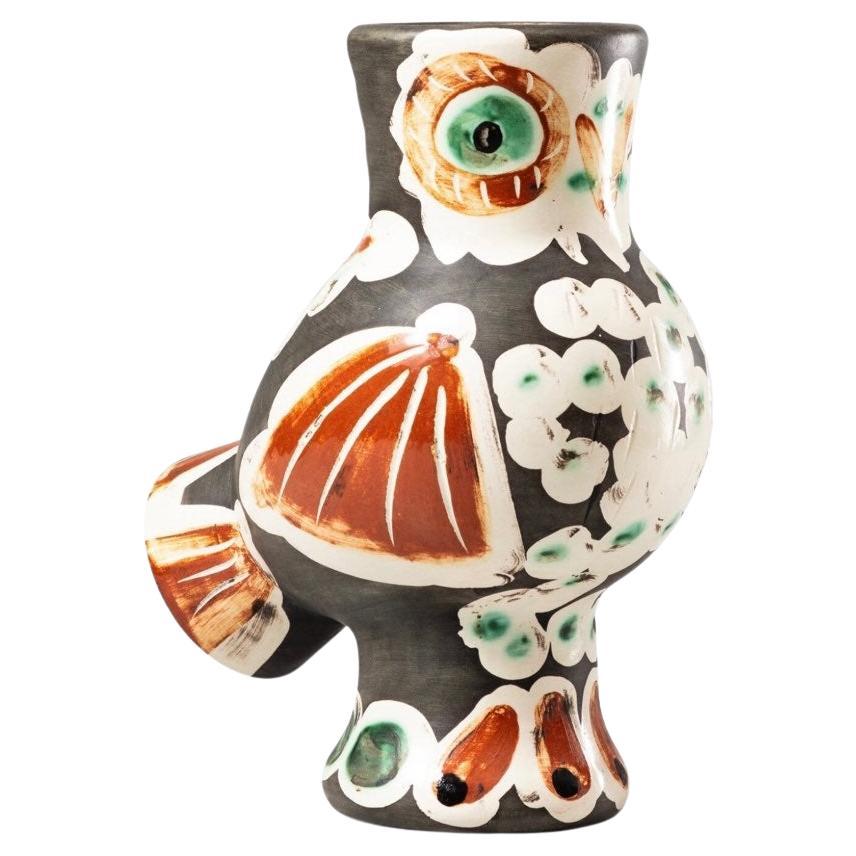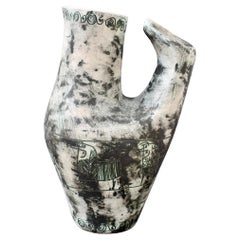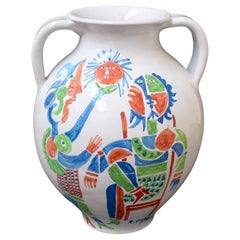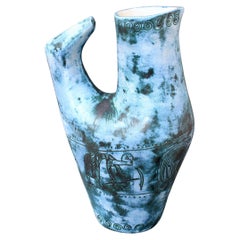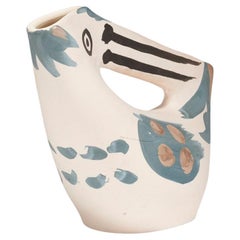'Pichet Espagnol' from the Madoura Pottery 'AR 245' by Pablo Picasso '1954'
About the Item
- Creator:Pablo Picasso (Artist)
- Dimensions:Height: 8.67 in (22 cm)Width: 9.85 in (25 cm)Depth: 4.73 in (12 cm)
- Style:Modern (Of the Period)
- Materials and Techniques:
- Place of Origin:
- Period:
- Date of Manufacture:1954
- Condition:
- Seller Location:London, GB
- Reference Number:Seller: 17441stDibs: LU2811328843852
Pablo Picasso
One of the most prolific and revolutionary artists the world has ever seen, Pablo Picasso had a tremendous impact on the development of 20th-century modern art. Although he is best known for his association with the Cubist movement, which he founded with Georges Braque, Picasso’s influence extends to Surrealism, neoclassicism and Expressionism.
“Every act of creation is, first of all, an act of destruction,” the Spanish artist proclaimed. In Picasso's Cubist paintings, he emphasizes the two-dimensionality of the canvas, breaking with conventions regarding perspective, foreshortening and proportion. Picasso was inspired by Iberian and African tribal art. One of his most famous pre-Cubist works is Les Demoiselles d’Avignon (1907), a painting considered immoral and shocking at the time for its depiction of nude women whose faces resemble Iberian tribal masks.
Picasso made many portraits in this style, most often of the women in his life, their expressively colored faces composed of geometric shards of surface planes. In Woman in a Hat (Olga), 1935, he painted his first wife as an assemblage of abstract forms, leaving the viewer to decipher the subject through the contrasting colors and shapes. Picasso was a tireless artist, creating more than 20,000 paintings, drawings, prints, ceramics and sculptures. Tracing his life’s work reveals the progression of modern art, on which he had an unparalleled influence.
Browse an expansive collection of Pablo Picasso's art on 1stDibs.
- ShippingRetrieving quote...Shipping from: London, United Kingdom
- Return Policy
More From This Seller
View AllVintage 1950s French Mid-Century Modern Abstract Sculptures
Ceramic
Vintage 1960s French Vases
Ceramic
Vintage 1960s French Mid-Century Modern Vases
Ceramic
Vintage 1950s French Mid-Century Modern Vases
Ceramic
Vintage 1960s French Vases
Ceramic
Vintage 1970s Italian Animal Sculptures
Ceramic
You May Also Like
1950s Modern Sculptures
Ceramic
1950s Modern More Art
Ceramic
Vintage 1950s Ceramics
Ceramic
1950s Post-Modern Abstract Sculptures
Ceramic, Clay
Vintage 1950s French Organic Modern Animal Sculptures
Ceramic, Clay
Vintage 1960s French Modern Ceramics
Ceramic, Earthenware
Read More
Science Uncovers Hidden Truths behind Young Pablo Picasso’s Blue Period
From 1901 to 1904, Picasso limited his palette to bluish hues in producing some of his most famous early works. A new show looks at the recycled materials, hidden underpaintings, surprising influences and bohemian lifestyle that led to their creation.
Who Are the Most Popular Artists on 1stDibs?
Learn the stories of some of the world's most recognizable artworks and their makers.


